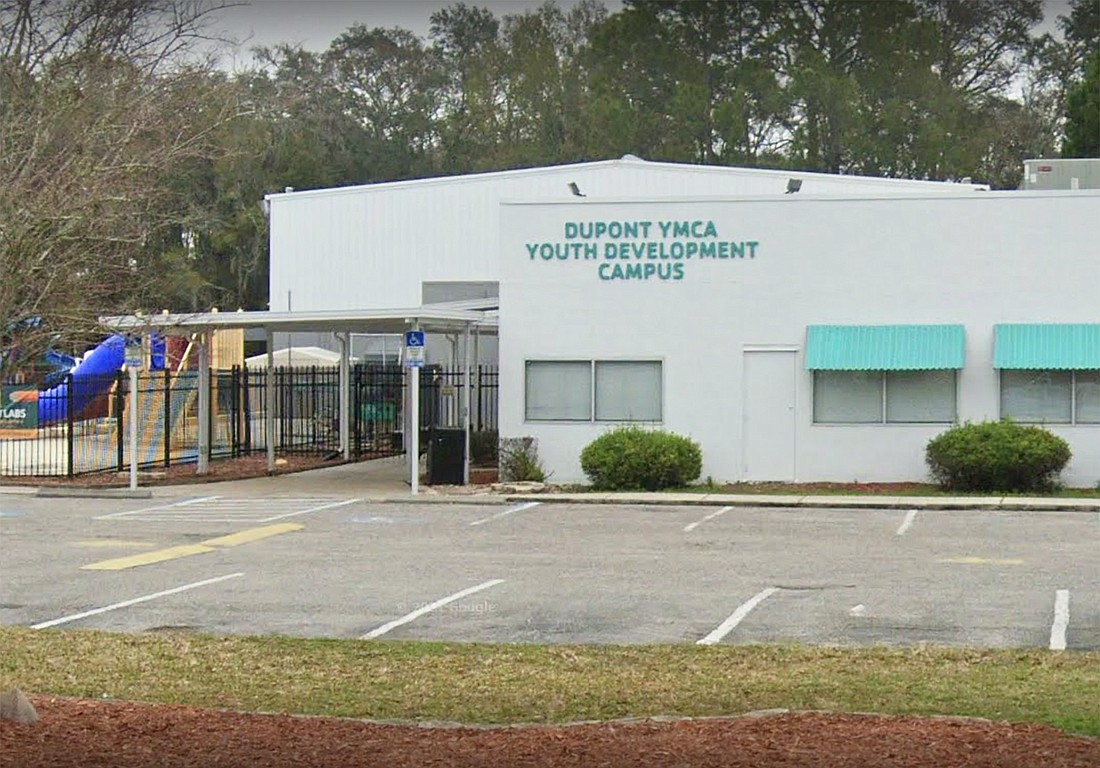
Neighbors of the duPont YMCA Youth Development Campus in San Jose celebrated Oct. 1 after a City Council committee approved a compromise rezoning that would allow the property to be sold for development of single-family homes or town homes but not apartments.
Prompting high-fives and thumbs-up gestures from a crowd of more than 20 neighbors, the Council Land Use and Zoning Committee voted 6-0 to rezone the property from Public Buildings and Facilities to Residential Medium Density-A. Committee member Rory Diamond was excused from the meeting.
The vote sent legislation for the rezoning, Ordinance 2024-0681, to a final vote by the full City Council.
Plans to potentially develop low-income housing on the site had drawn staunch opposition from neighbors. In mid-September, local developer JWB Real Estate Capital abandoned plans to build multifamily housing on the site.
The YMCA sought the rezoning regardless, with a representative telling LUZ committee members that it would not be marketable under the public buildings zoning but would be more attractive to residential developers. The YMCA has been closed as a recreational facility since the pandemic but operates a community food pantry and clothing bank.
The organization originally sought rezoning to Residential Medium Density-D, which would have allowed 200 or more units of multifamily housing on the 10.25-acre campus at 7373 Old Kings Road S.
Neighbors urged committee members to reject that request, raising concerns that apartments would bring increased crime and traffic to the area and would be out of character with the neighborhood. Other concerns included loss of green space and diminished property values.
Chrissy Bott, who helped organize the neighborhood response to the development, said the area was characterized by single-story, concrete homes built from 1947 to 1962. She said neighbors didn’t object to YMCA selling the property but wanted any development to conform with the surroundings.
Amy Calfee asked the committee to protect “this jewel box of a neighborhood within Jacksonville,” which she described as a place where residents greet each other at night while walking their pets. She said the neighborhood was a “quirky, diverse and welcoming area” where hundreds of apartments would diminish the quality of life.

Committee member Joe Carlucci, whose District 5 includes San Jose, said he received more than 100 emails in opposition to the original rezoning request.
Carlucci said having 200 apartments on the site would be “just insane for this particular parcel,” and also said traffic generated by a complex of that size would be “overwhelming” for the stretch of Old Kings Road South running along the campus. Laurie Santana, chief of the city Transportation Planning Division, said 205 apartments would add 1,382 daily vehicle trips on the roadway to the current 2,821 average daily trips.
Carlucci told residents that he had spoken with the city Parks, Recreation and Community Services Department about buying the property and converting it to a park or public space, but said it could not be done quickly because of the cost.
After discussions between committee members, staff members, community members in the audience and a representative for the YMCA, Zach Miller, Carucci brokered the compromise by asking Miller if the organization would be amenable to the RMD-A zoning. That classification would allow single-family homes and several dozen town homes but not apartments.
Miller said the YMCA found the compromise acceptable, triggering the celebration by neighbors.
“That’s how we do it in District 5,” Carlucci said, laughing.

Committee member Reggie Gaffney Jr. commended Miller and the YMCA.
“I have been here where the applicant or the developer didn’t budge with the community,” he said. “You could easily have said no, and we would have been stuck. It took a lot of selfless sacrifice to work with the community.”
Bott, who initially said town homes would be out of character with the neighborhood, walked away saying she believed the community could work with a developer to design
“There are different types of development styles that are more conducive to that area, that provide for open, walkable green spaces and reduce traffic impact by virtue of how the homes are laid out on the lot,” she said. “I think we have a lot of options.”
Bott called the outcome a success for her and her neighbors.
“We were able to preserve the integrity of a historic neighborhood in Jacksonville, kind of against the odds,” she said. “They were really stacked against us. But my community, my neighborhood, they put in the work. And this is what happens when you do that.”